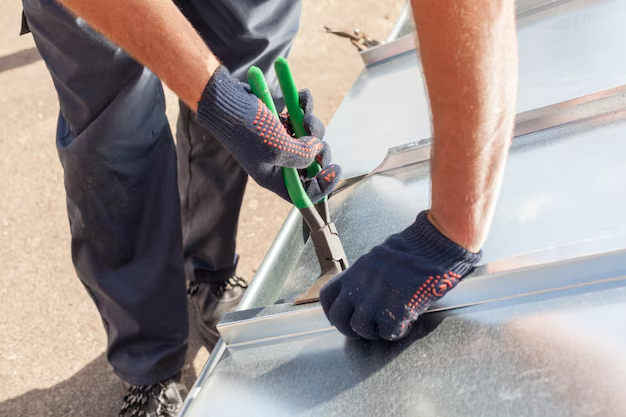Need to Replace a Roof Shingle? Here’s Your Go-To Guide
Finding out you have a damaged roof shingle can feel like a homeowner's nightmare. Yet, with a little guidance, you can replace it yourself with confidence. Whether it’s due to storm damage, wear and tear, or just the passage of time, replacing shingles is often a straightforward task you can handle with minimal tools and time.
Why It’s Important to Address Roof Shingle Damage
Before diving into the how-to, let's touch on why maintaining your roof is critical. A roof in good condition protects your home from elements, helps maintain energy efficiency, and can prevent costly water damage. Ignoring damaged shingles can lead to bigger problems, including leaks and structural damage.
Steps to Replace a Roof Shingle
Gather Your Tools and Materials:
You’ll need a hammer, roofing nails, a flat pry bar, a utility knife, and replacement shingles that match your existing ones.Ensure Safety First:
Secure a ladder safely and use a harness if necessary. Safety is paramount when working on your roof to avoid any accidents.Remove the Damaged Shingle:
Use your pry bar to lift the damaged shingle gently. Start by loosening the adhesive strip beneath the shingle. Then, remove the nails using the pry bar. Carefully slide out the damaged shingle.Prepare the Replacement Shingle:
Cut the new shingle to the same size as the one you removed, if necessary. Check to ensure it will fit snugly.Install the New Shingle:
Slide the new shingle into place. Secure it with roofing nails, usually four per shingle—one at each corner—making sure the nails are covered by the shingle above.Seal the Shingle:
Apply a small amount of roofing cement on the corners of the new shingle, using a caulking gun if needed, to ensure it stays in place during windy conditions.
By following these steps, you can effectively replace a shingle and extend the life and durability of your roof. While this task can save you money, sometimes roofs need more extensive repair than just replacing shingles. That’s where financial assistance and educational resources can play a crucial role.
Exploring Financial Assistance and Repair Solutions
When larger repairs are necessary, costs can add up quickly. If replacing shingles is just the tip of the iceberg, don’t let financial concerns prevent you from taking necessary actions. Here’s how you can ease the burden:
Home Repair Loans and Grants: Look into government aid programs, which may offer loans or grants for home repairs and maintenance, especially if you’re in a low-income bracket.
Insurance Claims: Always check if your homeowner's insurance may cover storm or accidental damage to your roof.
Financing Options: Certain lenders specialize in home improvement loans, and you might find a credit card with favorable interest rates for larger projects.
Educational Grants for DIY Training: If you’re keen on improving your home maintenance skills, educational resources and grants may help fund workshops that teach everything from shingle replacement to full roof installations.
Key Resources to Explore
🏠 Government Home Improvement Assistance: Programs that offer financial aid or lower interest loans.
💳 Credit Card Solutions: Cards with rewards or low-interest rates for major purchases.
📚 DIY Workshops and Grants: Opportunities for free or low-cost training in home repairs.
Tackling roof problems head-on with a mix of DIY savvy and financial planning ensures your home stays safe and sound, and your finances aren’t stretched thin. Prepare, repair, and rest easy knowing you've secured both your roof and your financial future.
